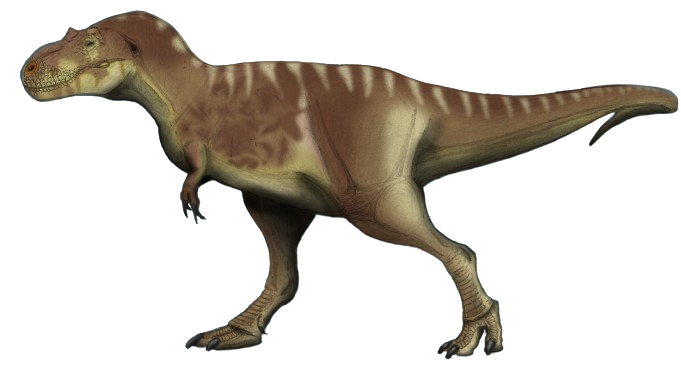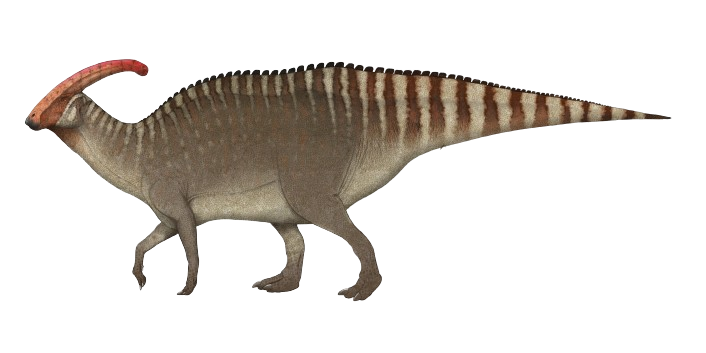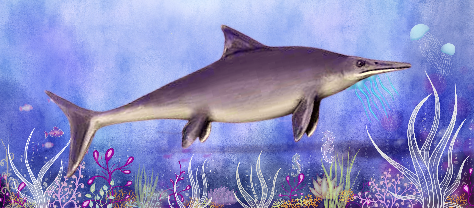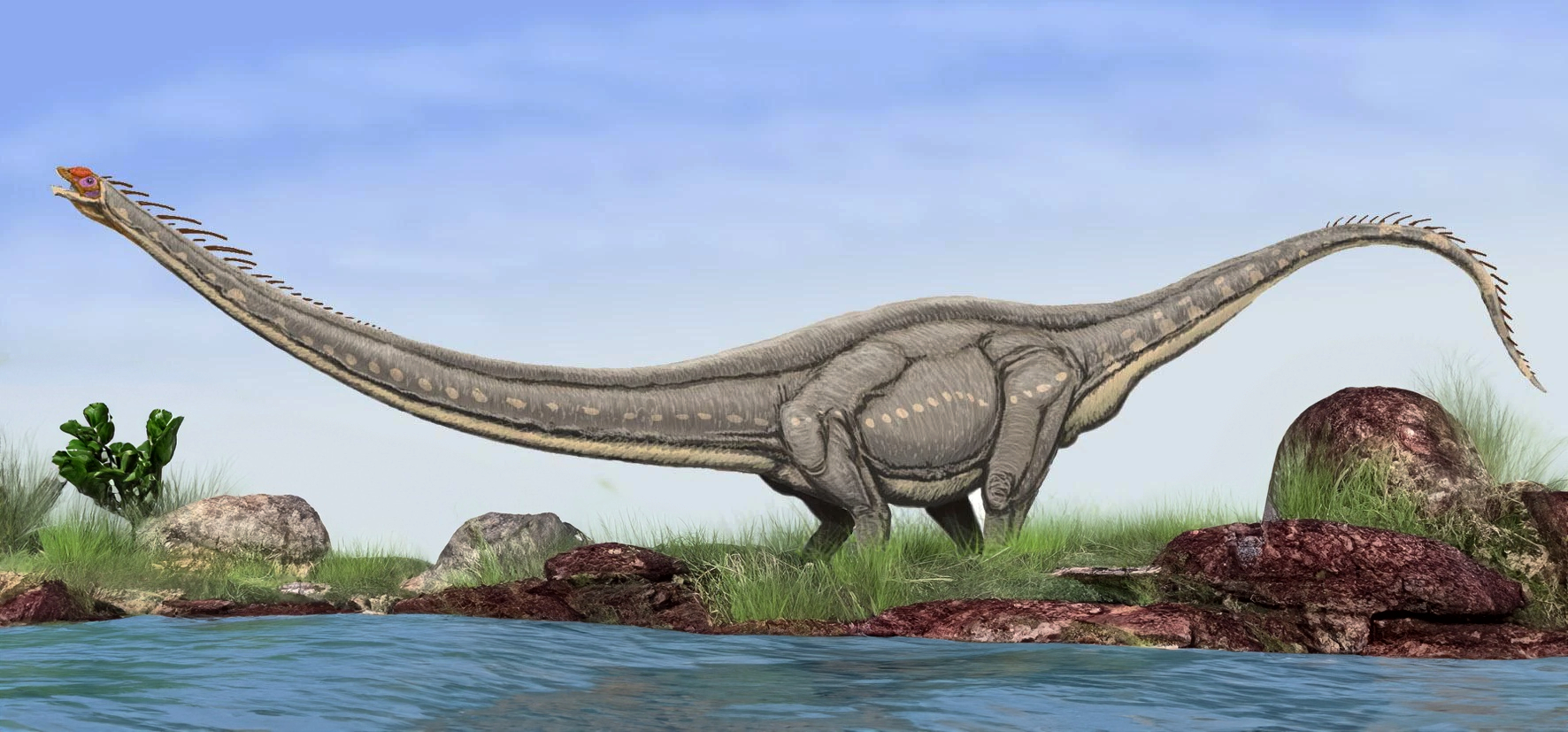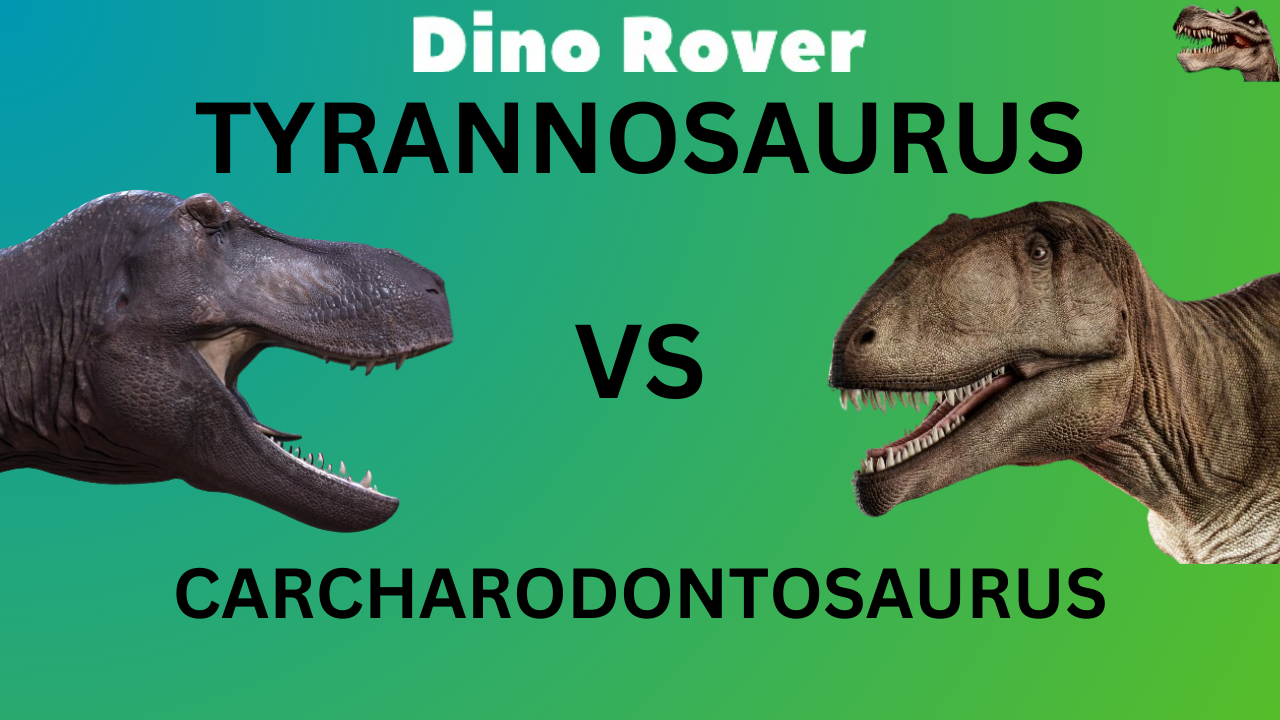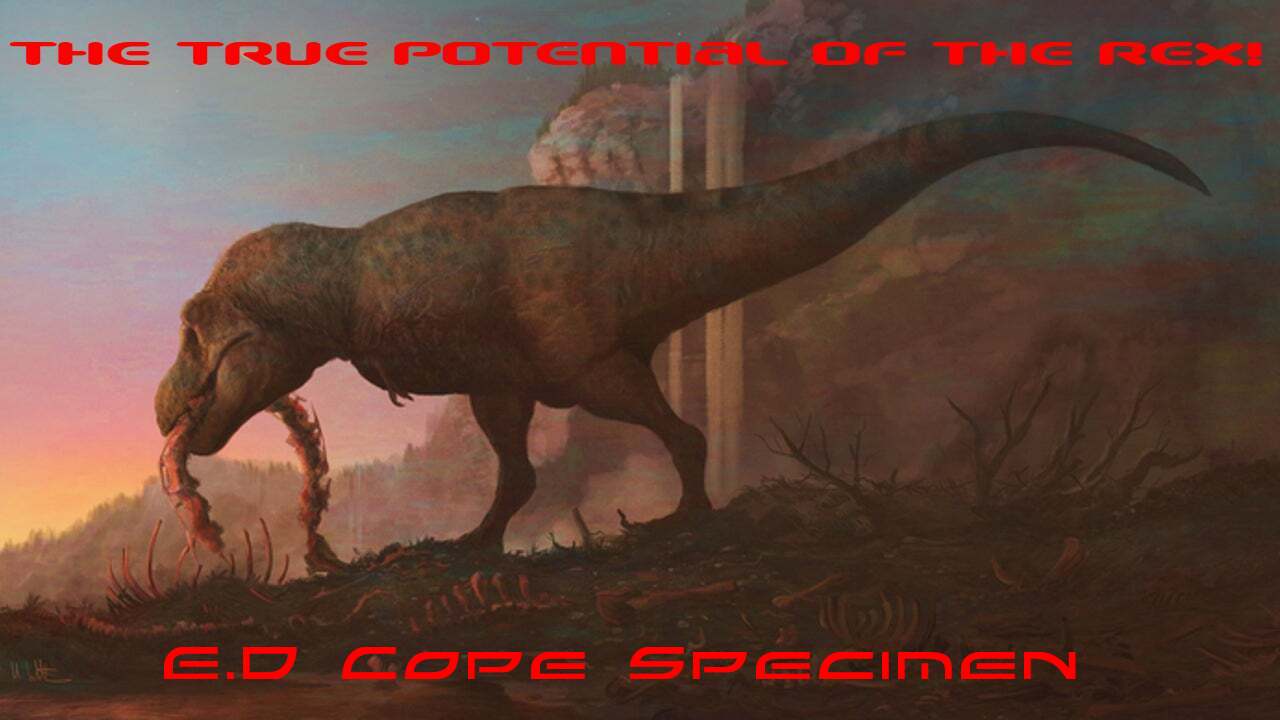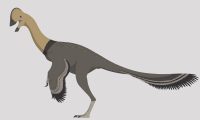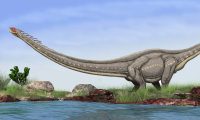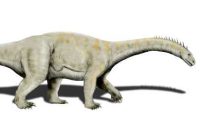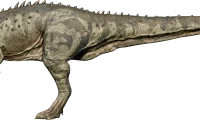As a paleontologist delving into the fascinating world of dinosaurs, the study of Albertosaurus presents a captivating journey into the evolutionary history of tyrannosaurids. A close relative of the more famous Tyrannosaurus, Albertosaurus shared a common lineage but possessed distinctive features that set it apart. Despite their kinship, Albertosaurus was notably smaller than its colossal counterpart.
This dinosaur, characterized as a bipedal predator, roamed the Earth a few million years before the emergence of Tyrannosaurus. Albertosaurus exhibited the classic Tyrannosaurid features – a large head, two-fingered hands on short arms, and robust hind limbs with clawed, three-toed feet. Its dimensions were formidable, reaching around 30 feet in length, standing approximately 11 feet tall at the hips, and weighing up to 3 tons.
Albertosaurus boasted a powerful set of jaws, with the lower jaw bearing 14 to 16 teeth and the upper jaw carrying 17 to 19 teeth. A fascinating aspect of its dental structure was the continuous replacement of teeth, a common trait among its carnivorous counterparts. This adaptability allowed Albertosaurus to maintain an efficient biting apparatus throughout its life.
Thriving during the late Cretaceous period, approximately 76 to 74 million years ago, Albertosaurus was a prominent carnivore in its ecosystem. Its diet likely consisted predominantly of plant-eating dinosaurs, with hadrosaurs such as Lambeosaurus and Corythosaurus being among its favored prey. This predator, with its two muscular legs, was adept at swift and agile movement, typical of bipedal carnivores.
One of the remarkable features of Albertosaurus was its formidable bite force, a trait shared with many Tyrannosaurids. In fact, recent studies suggest that its bite force surpassed even that of Giganotosaurus, another formidable carnivorous dinosaur. This powerful bite likely played a crucial role in the hunting and feeding strategies of Albertosaurus.
In conclusion, Albertosaurus, though overshadowed by its more famous relative, Tyrannosaurus, offers a rich tapestry for paleontologists to unravel. Its unique characteristics, evolutionary adaptations, and ecological role during the late Cretaceous period contribute to our broader understanding of the Mesozoic era and the diverse array of life that once dominated our planet.


